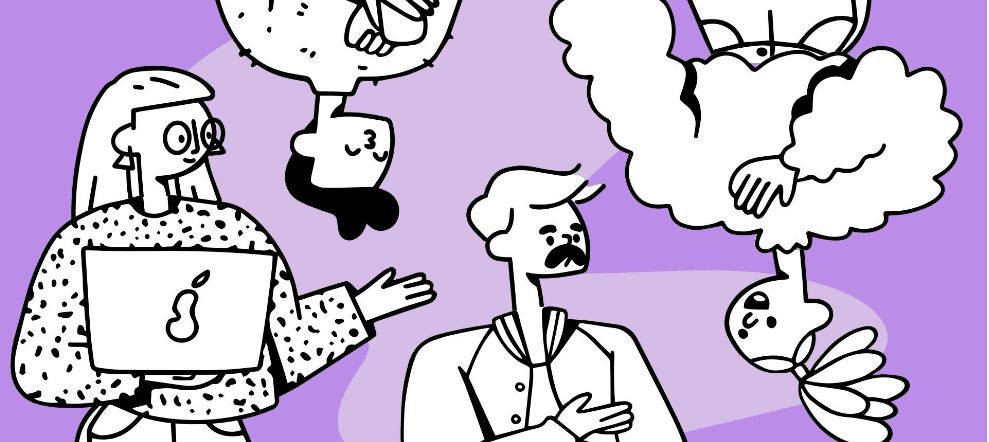Looking to convert JPG to GIF quickly without downloading any software? Change My File offers the best JPG to GIF converter online that’s fast, free, and incredibly easy to use. Whether you’re working on a project, preparing images for the web, or simply experimenting with formats, our tool is the perfect solution to convert JPG files to GIF in seconds.
Why Choose Our Free JPG to GIF Converter?
With thousands of image conversion tools available online, here’s why Change My File stands out:
- Completely Free JPG to GIF Converter
- No Signup Required
- Fast Processing Speed
- High-Quality Output
- Safe & Secure Conversion
- Works on Desktop & Mobile Devices
You don’t need technical skills to use our platform. Just upload your JPG file, hit convert, and download your GIF instantly!
How to Convert JPG to GIF Online?
Using our online JPG to GIF converter is simple:
- Upload your JPG image by dragging and dropping or clicking the upload button.
- Our tool will instantly convert JPG to GIF format while preserving image quality.
- Download your GIF file with just one click!
There’s no need to install heavy software or apps — everything works directly from your browser.
Benefits of Converting JPG to GIF
- Supports Animation: Unlike JPG, the GIF format supports animation and transparency, ideal for web graphics.
- Reduced File Size: GIFs are lightweight, perfect for faster website loading times.
- Web Compatibility: Widely used across social media, emails, and web browsers.
- Transparency Support: Create professional-quality images with clear backgrounds.
If you want better control over your images and faster sharing, converting JPG to GIF is a smart choice.
Who Can Use Our JPG to GIF Online Converter?
This tool is ideal for:
- Graphic Designers
- Digital Marketers & Bloggers
- Web Developers
- Social Media Creators
- Students & Educators
Whether you're creating infographics, memes, website banners, or social posts, our JPG to GIF converter online free tool helps you do it with ease.
Convert JPG to GIF Instantly – No Watermarks or Limits
Unlike many free converters, we don’t add watermarks or place annoying restrictions. You can convert multiple JPG images to GIF with no limitations and enjoy the full functionality of a premium tool — without paying a dime.
Frequently Asked Questions (FAQs)
Is this JPG to GIF converter really free?
Yes! You can convert JPG to GIF 100% free without creating an account.
Will the quality of the image be affected?
Our tool maintains high-quality GIF output from your JPG files.
Can I use this tool on mobile?
Absolutely. The converter works on Android, iOS, and all browsers — no app required.
Is it safe to upload my images?
Yes, your data is protected with secure SSL encryption, and we don’t store your files after conversion.
Start Converting JPG to GIF Now
Ready to turn your static images into high-quality GIFs? Upload your JPG image and convert to GIF instantly with the most reliable and user-friendly tool on the web. No hassle. No limits. Just fast and free image conversion at your fingertips.
